
In typography, ‘widows’ and ‘orphans’ are the lines standing alone at the top or bottom of a page, separated from the core paragraph. Here, they function as an analogy for other entities that have been purposely or accidentally detached from their context and whose meanings become subject to renegotiation. On the other hand, they reflect the ability of an exhibition device to, by means of recontextualisation, turn any object into a widow or an orphan.
It seems natural that with time, the bond between things and their original meaning weakens. Despite commemorative efforts of some and to the satisfaction of others, forgetting holds the past in its ever-tightening grip, confusing dates and erasing biographies. Entangled in this struggle of temporality and power, ‘widows and orphans’ are vulnerable to all sorts of manipulation. This is where politics meets memory and ethics faces aesthetics.
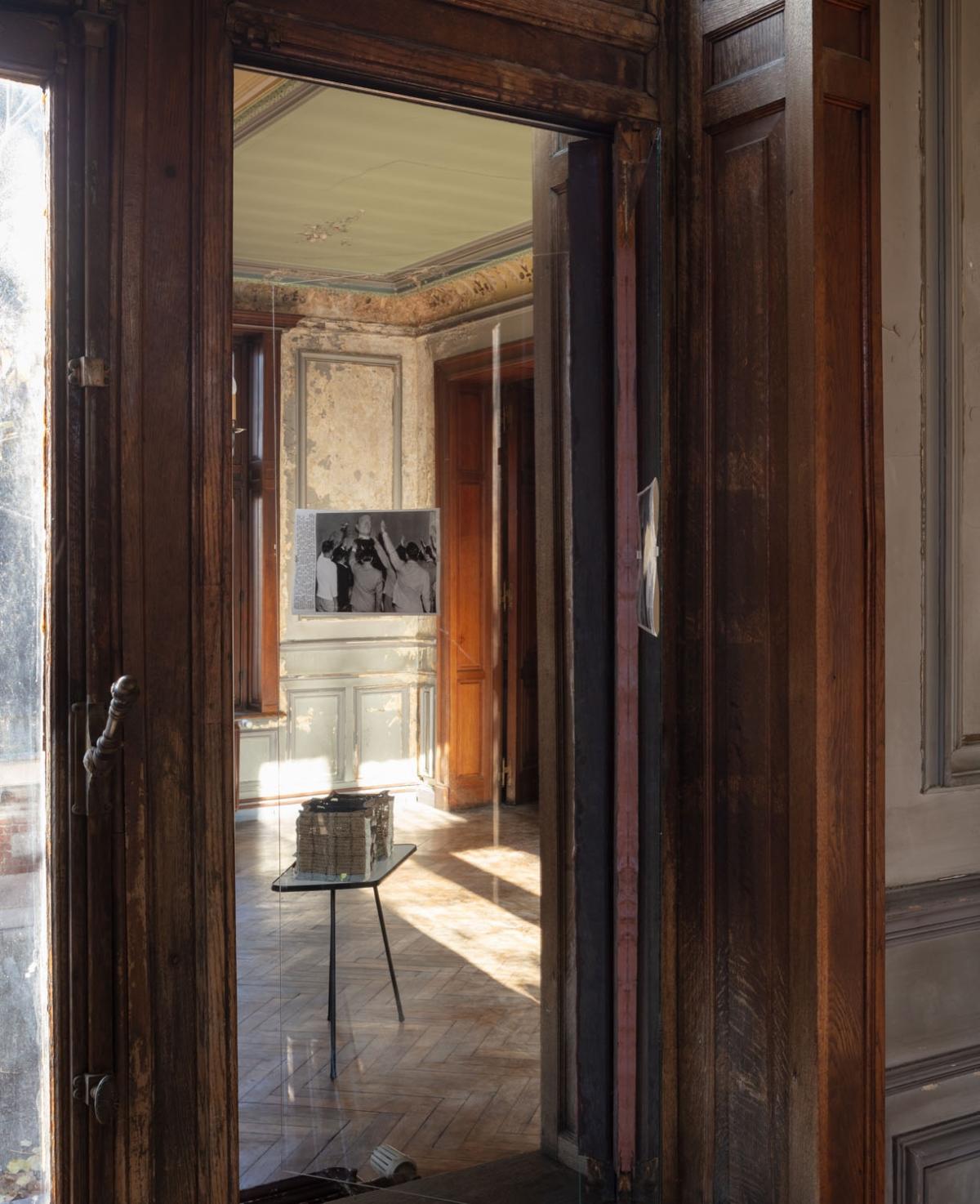

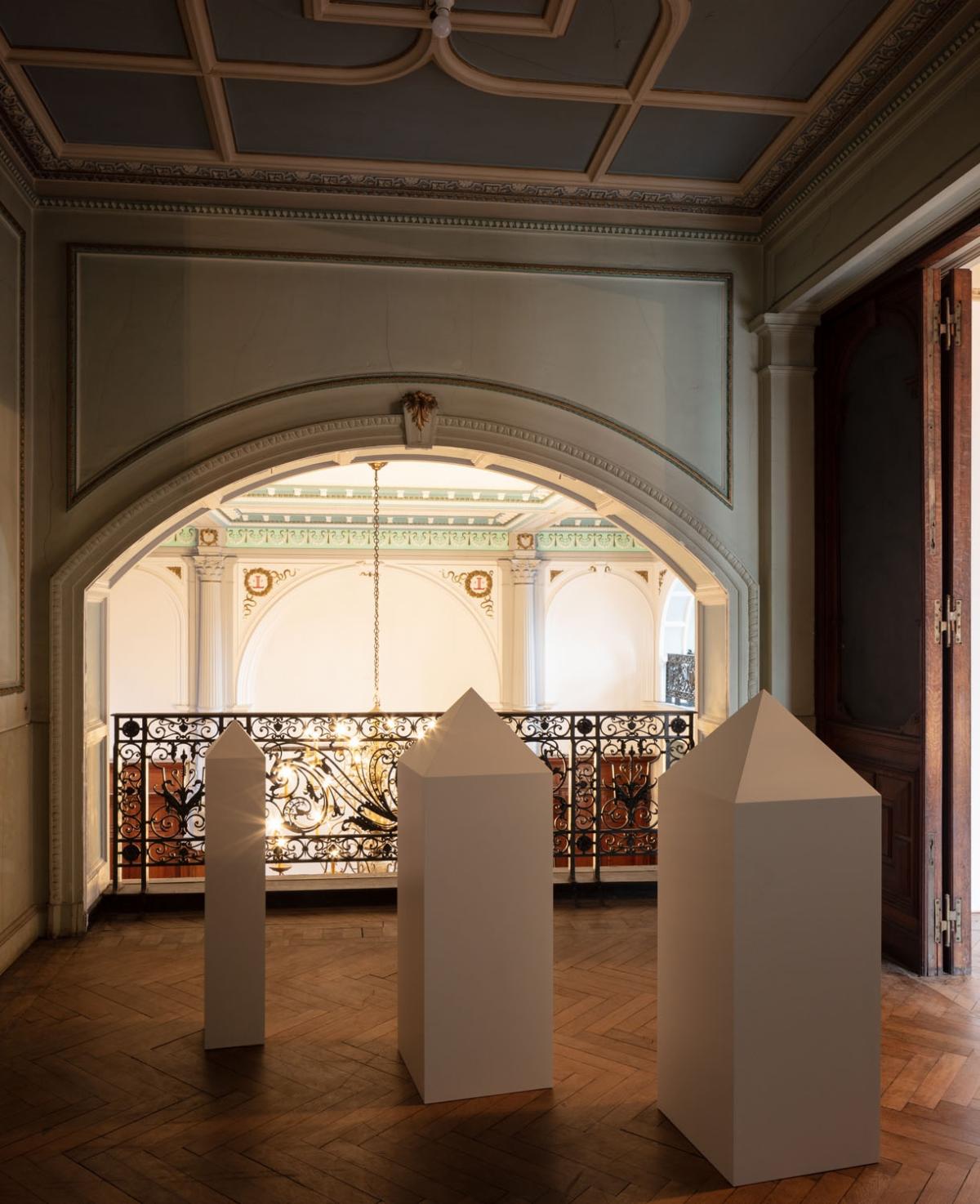
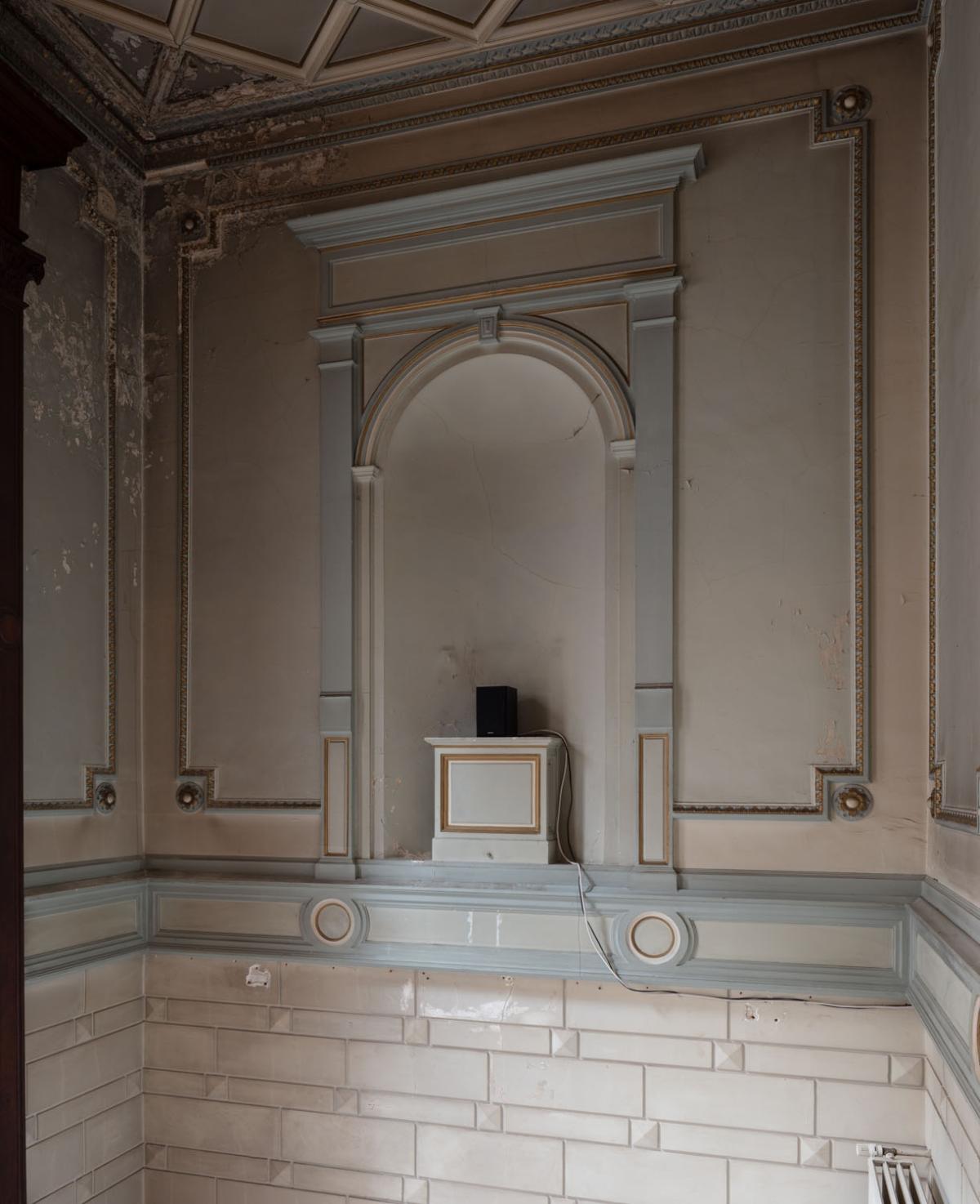


Especially today, when the old sentiments disguised as new premises enter our hyper-mediated public sphere, it is important that we critically reflect on the origin of the objects and ideas in circulation. The processes of remembrance, interpretation, and contestation are all elements of political agency that enable us to take meaningful or even meaning-making decisions every day anew.
The domain of art is where those proverbial widows and orphans can gather and where new and old interpretations can be generated, challenged, and debated. This exhibition brings forward different artistic positions coming into dialogue with one another, the exceptional, symbolically- charged space of CIAP Kunstverein. The seven artists have taken different objects — from personal mementos and everyday items to landmarks of power — as a starting point and imbued them with alternative meanings, personal memories, and symbolic significance.


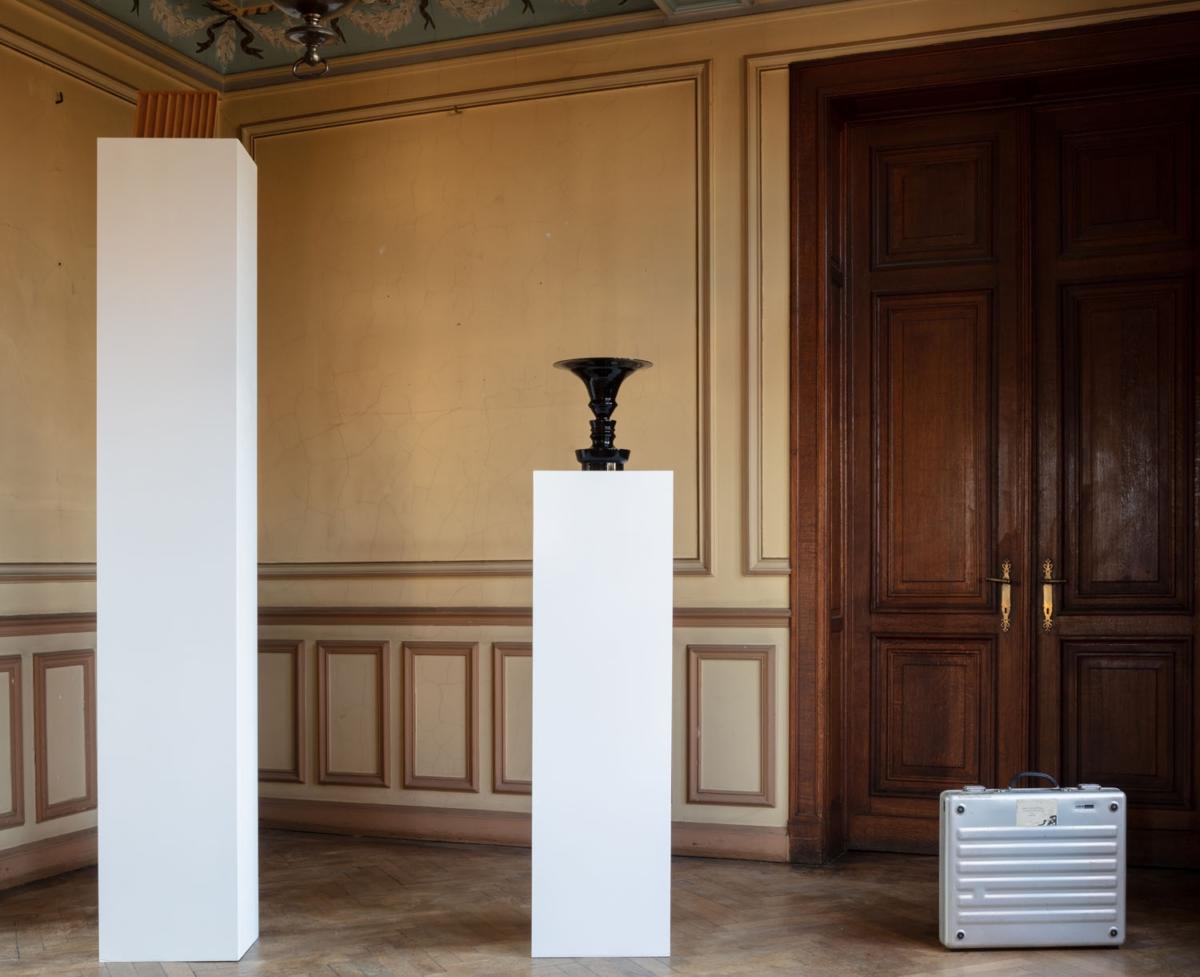
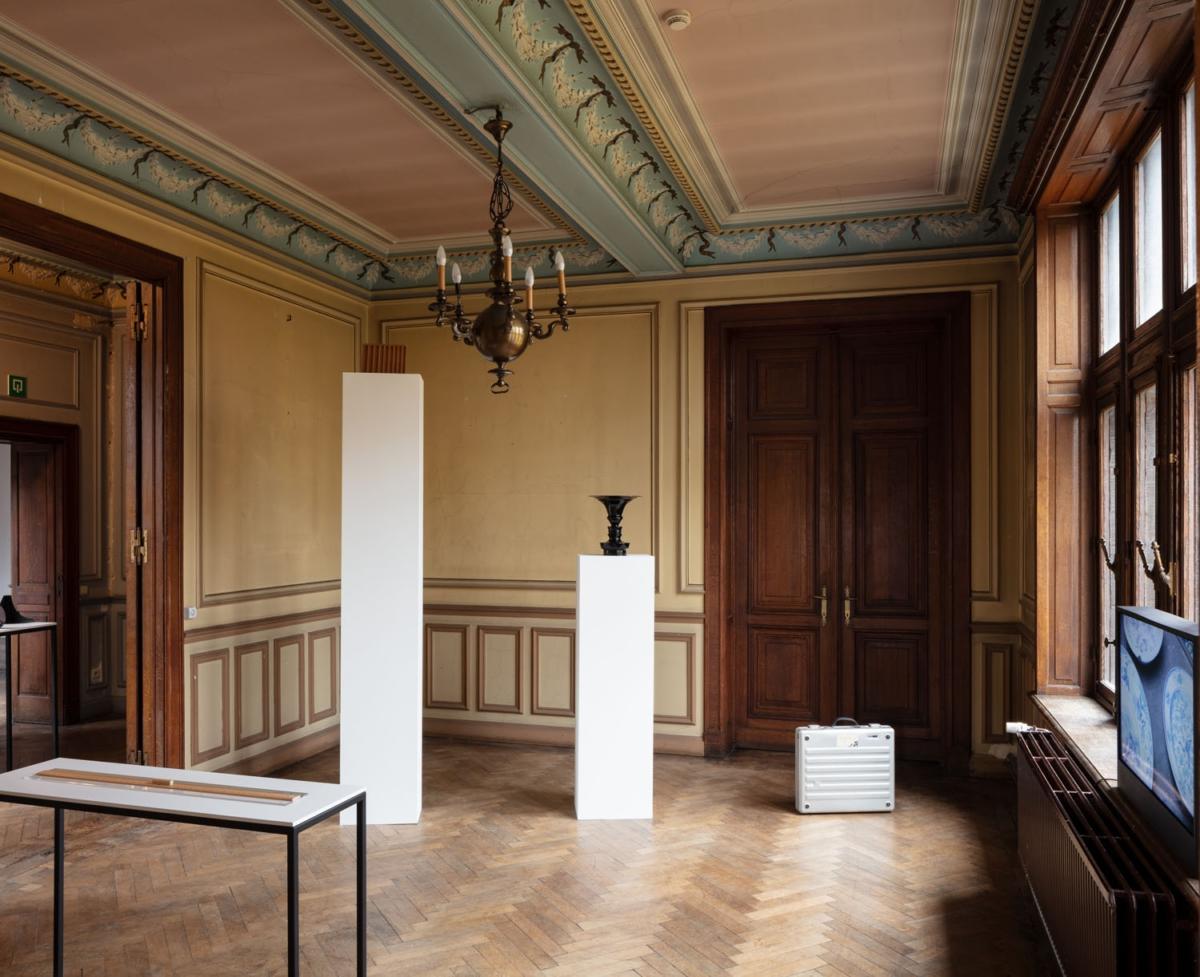
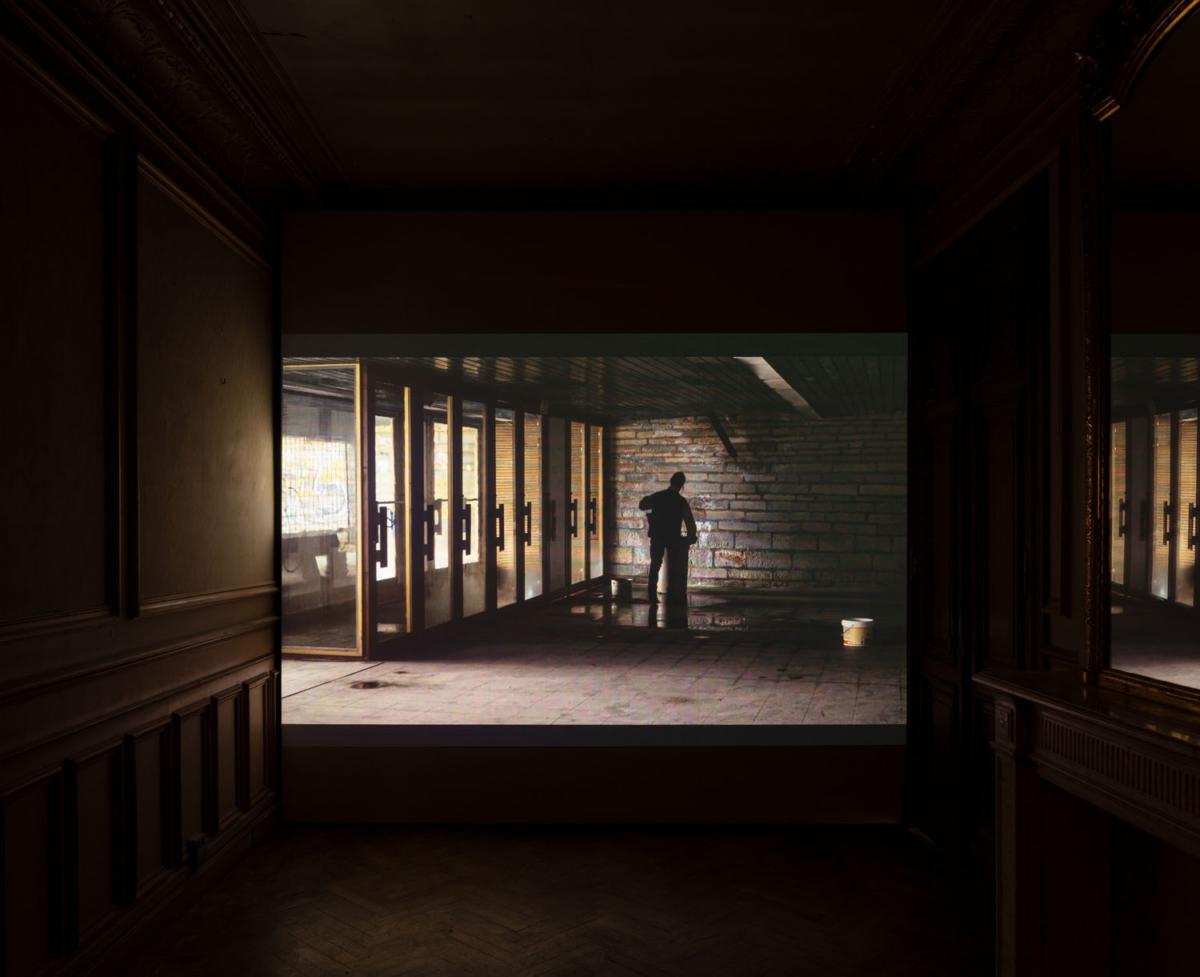
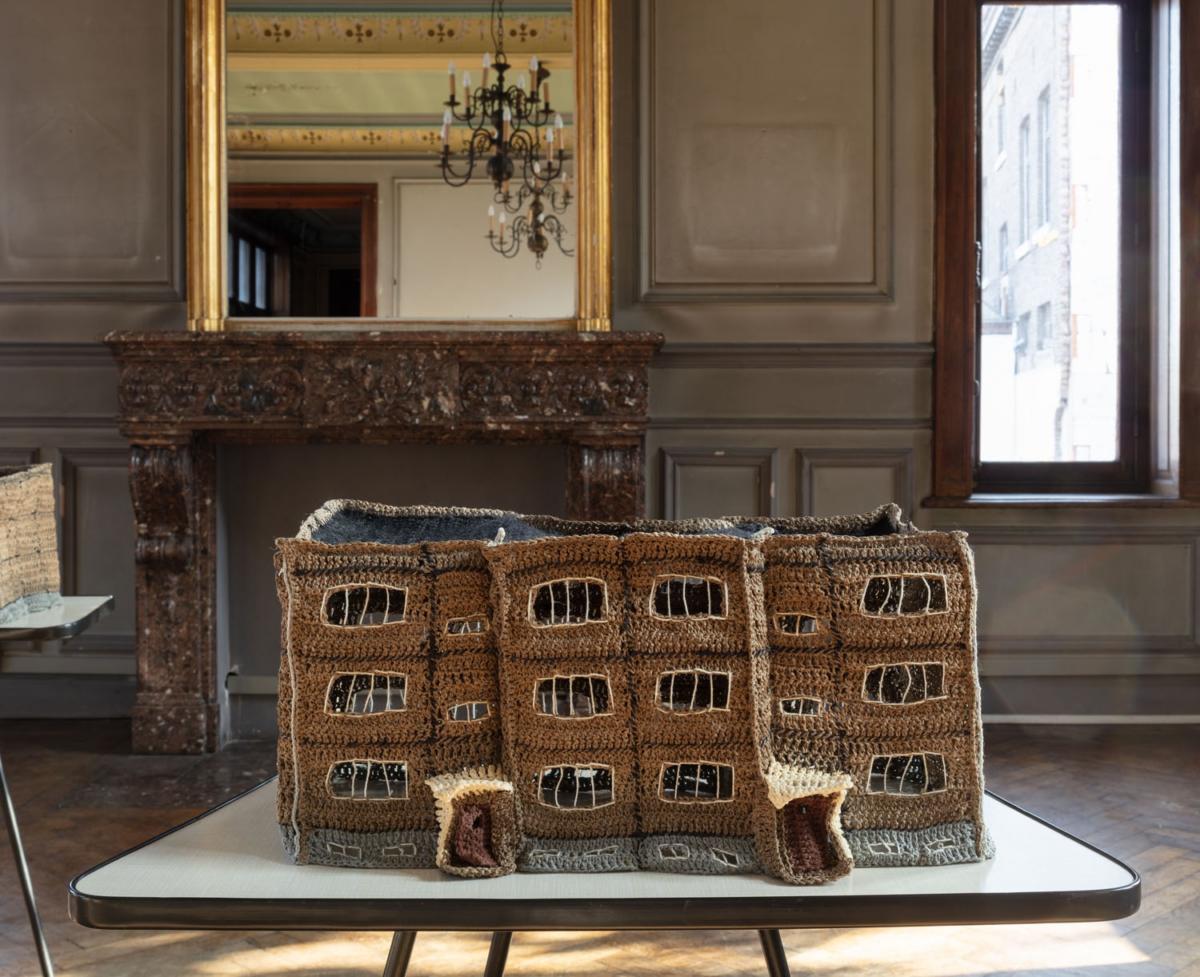
Imprint
| Artist | Sara Bachour, Anaïs Chabeur, Emile Hermans, Kornel Janczy, Rokko Miyoshi, Ingel Vaikla, Julita Wójcik |
| Exhibition | Where Widowed Objects Meet Orphaned Ideas |
| Place / venue | CIAP Kunstverein, Hasselt |
| Dates | 18 November 2018 –17 February 2019 |
| Curated by | Alicja Melzacka |
| Website | ciap.be |
| Index | Alicja Melzacka Anaïs Chabeur CIAP Kunstverein Emile Hermans Ingel Vaikla Julita Wójcik Kornel Janczy Rokko Miyoshi Sara Bachour |
